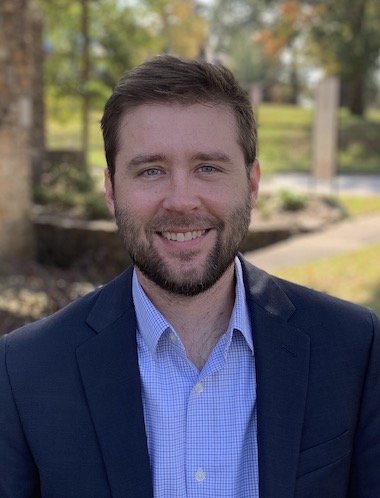Ask the Expert: How should I be diversifying my assets?


Dear Dr. Jerkins: I’m a few years into my career, and while I’m focused on growing my income, I’ve started wondering if I’m doing enough to protect my financial future. I’ve heard the phrase “don’t put all your eggs in one basket,” but I’m not sure how that applies to me. How should I be diversifying my assets?
— Planning for the Future
Dear Planning: You’re asking an important question at just the right time. As a busy dentist, it’s easy to choose just one asset or savings vehicle to invest in. Relying too heavily on a few sources of wealth exposes you to unnecessary risk and can limit your flexibility down the road.
Here’s why diversifying your assets is one of the smartest financial moves you can make:
1. Safeguard against career and market volatility
Dentistry is a high-income profession, but it’s not immune to uncertainty. Health issues, economic downturns or even changes in practice ownership models can affect your earning power. That’s why having strong disability and life insurance coverage is important. It protects your income and family if the unexpected happens. If your financial success hinges entirely on your ability to work or on the value of your practice or real estate, you could face serious challenges if things shift.
2. Create a foundation for financial flexibility
Diversified assets offer more choices. Want to reduce your clinical hours in 10 years? Need capital to buy a second practice or fund a child’s education? Having accessible, well-balanced investments gives you the flexibility to make decisions on your terms, not based on what you must do to maintain income.
Start with a mix of the following:
• Liquid savings, ideally in a high-yield savings account.
• Retirement accounts like a 401(k), IRA or defined benefit plan.
• Taxable brokerage accounts for midterm financial goals — like saving for a home, practice ownership or a big life event in the next few years.
• Real estate or practice equity, but not exclusively.
• Low-cost index funds, or ETFs, for long-term growth.
3. Avoid overexposure to practice and property risk
Many dentists pour most of their wealth into their practice and their home. While these are important, they’re not always liquid and both can fluctuate in value. If you’re betting on selling your practice for retirement, you might be left waiting longer than expected or accepting less than you'd hoped.
By also investing in stocks, bonds and other investment types, you reduce the pressure on any one asset to perform perfectly. Contributing to both Roth and traditional retirement accounts can also help you manage future tax liabilities and maintain flexibility in how and when you draw income in retirement.
4. Think long term, but start now
Whether you’re five years from retirement or just starting out, time is your biggest ally when it comes to investing. Compound growth works best when you give it room to run.
Set a goal to save at least 20% of your income annually, and automate contributions into both retirement and taxable accounts. Don’t wait until you “feel ready.” Building financial independence starts by getting started.
Looking ahead
Being a great dentist is about more than clinical expertise; it’s also about building a future that’s resilient, flexible and fulfilling. Diversifying your assets gives you the freedom to practice on your own terms and retire with confidence.
Panacea Financial understands the unique financial journey dentists face — because we were founded by doctors, for doctors. We’re here to help you diversify your assets and strengthen your long-term financial position.
Learn more about how Panacea Financial supports dentists at every career stage at panaceafinancial.com/ada.
Dr. Jerkins is the president and co-founder of Panacea Financial and a practicing physician in Little Rock, Arkansas. Panacea Financial is endorsed by ADA Member Advantage as the exclusive provider of practice financing. It is a division of Primis Bank and insured by the Federal Deposit Insurance Corporation.



